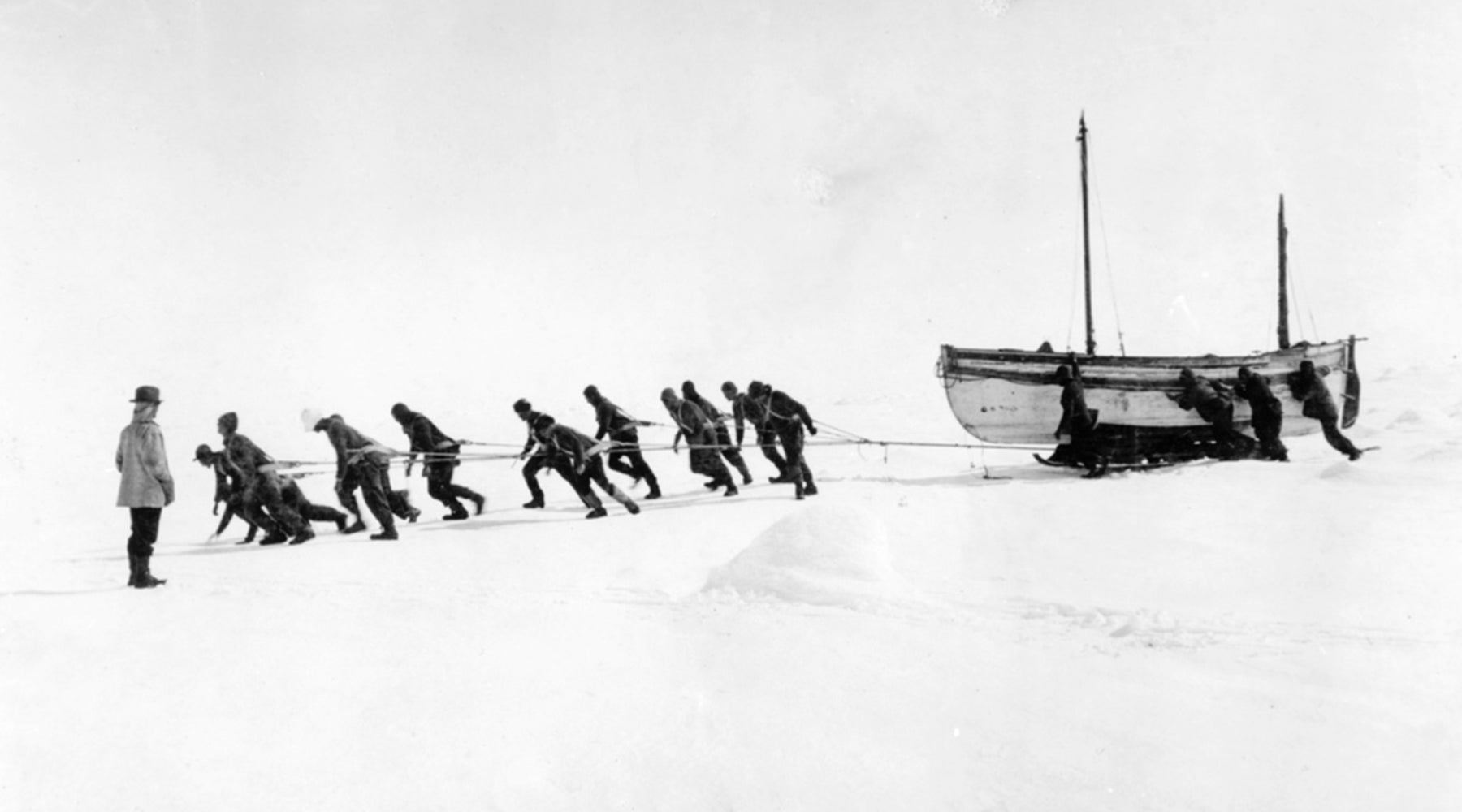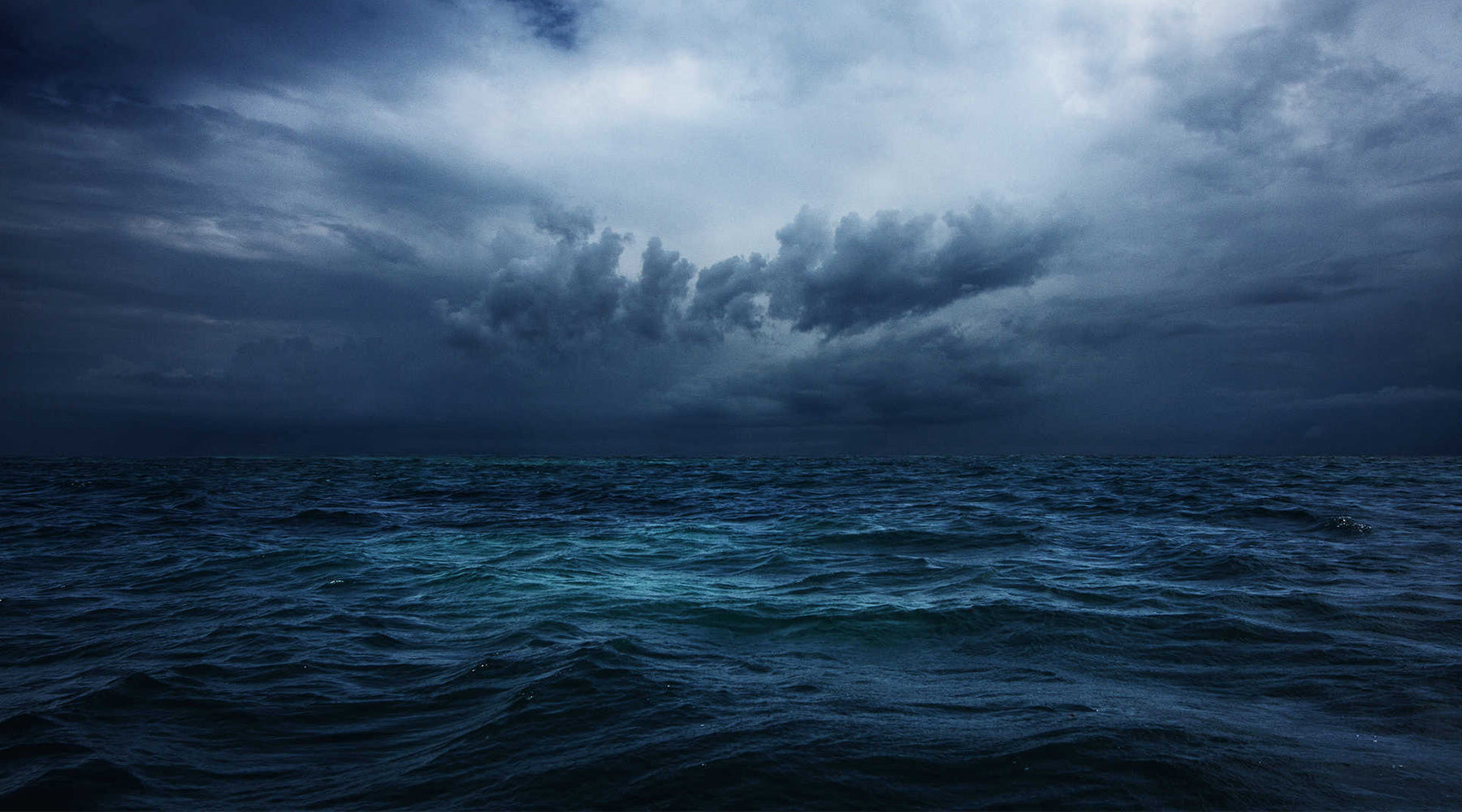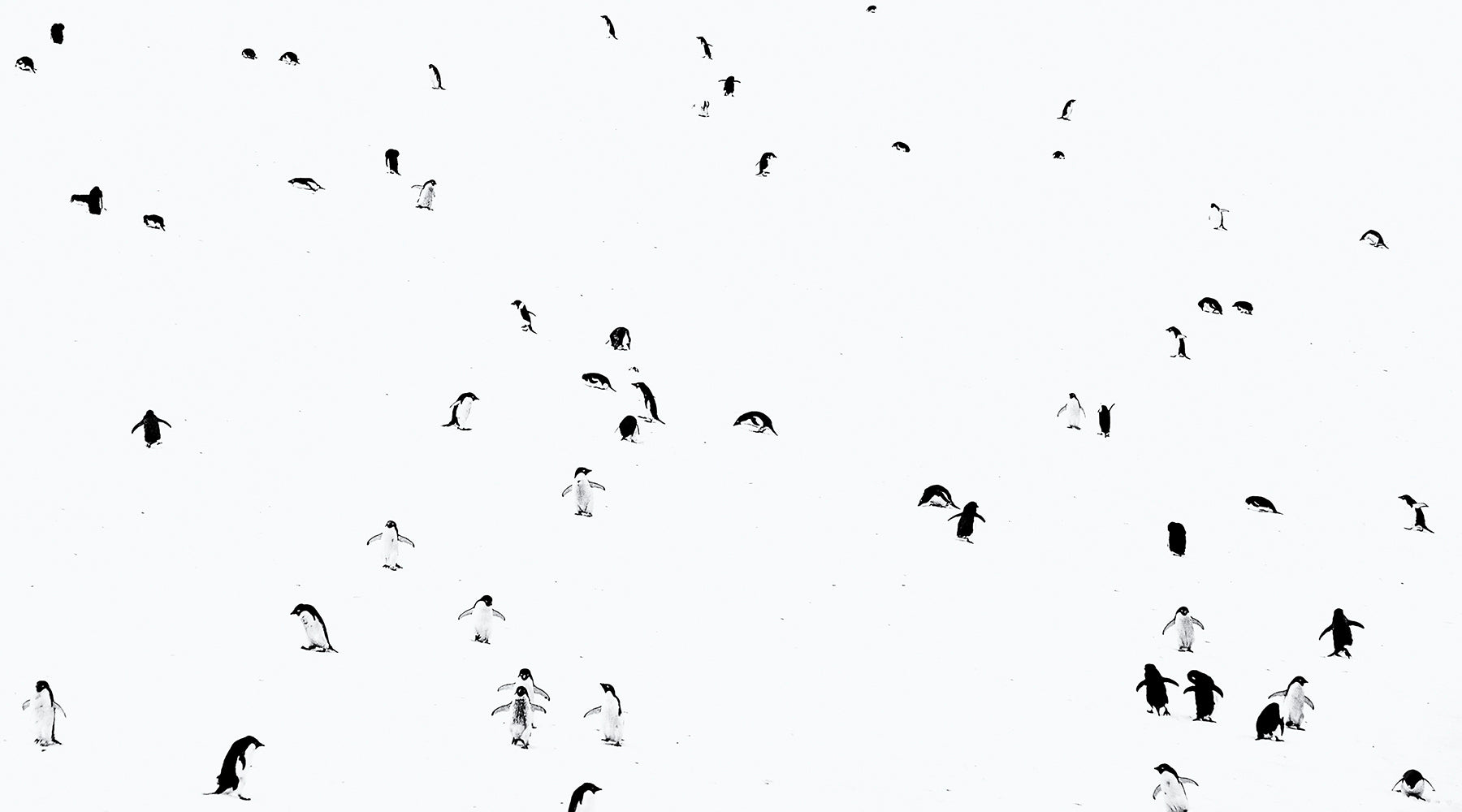
Who financed Shackleton’s expeditions?
Shackleton's expeditions into Antarctica were remarkable, but they required huge sums of money to get them off the ground. Author Michael Smith looks at the people who made these expeditions possible.
Ernest Shackleton’s adventures as a pioneering Antarctic explorer a century ago might never have happened without the crucial support of many rich businessmen or wealthy individuals, who bankrolled the three expeditions which sailed under his command.
Like most explorers of the age, Shackleton was locked in a permanent struggle for money. He had no money of his own and his personal affairs were invariably a complete mess of unpaid bills, broken promises and failed business ventures. Nor did he receive much backing from governments or establishment bodies like the Royal Geographical Society or Royal Society.
Instead he turned to those blessed with money, starting with family, friends and associates who provided relatively small donations or loan guarantees. An elderly spinster gave him £1000 for the Nimrod expedition and a wealthy Old Etonian named Philip Brocklehurst persuaded his well-connected mother to guarantee a loan of £2000 in return for a place on the expedition. Brocklehurst subsequently lost his big toe to frostbite and the toe eventually found pride of place in a jar on the mantlepiece of the manorial home.
However, this was only a fraction of the total costs and the most significant sums of money came from wealthy industrialists and philanthropists, who were either captivated by Shackleton’s famous charm or happy to support daring ventures which brought pride and prestige to the empire. In return, Shackleton named mountains, glaciers and even boats after those who had made it all possible.
Llewellyn Longstaff

The most influential of Shackleton’s sponsors was Llewellyn Longstaff, a wealthy 60-year-old businessman connected to the Blundell Spence & Co paints company in Kingston upon Hull. Longstaff, a keen traveller, was a generous and liberal-minded Victorian entrepreneur who was ahead of his time in operating a profit-sharing scheme for workers.
Longstaff never gave any money directly to Shackleton, but his timely intervention led to Shackleton making his first trip to the Antarctic on Robert Scott’s Discovery expedition (1901-04) and set him on course to become an explorer.
By chance, Shackleton had run into Longstaff’s son, Lt Cedric Longstaff, in 1900 while serving on a liner taking British troops to South Africa for the Boer War. A meeting was arranged with Longstaff senior, which led to Shackleton being appointed Third Officer on Discovery at a salary of £250 a year. It was his Antarctic apprenticeship.
Longstaff influenced Discovery’s troubled affairs because his private wealth had rescued the expedition from collapse even before it sailed. Longstaff, a Fellow of the Royal Geographical Society, stepped in with an extraordinary pledge to donate £25,000, worth approximately £2 million in today’s terms. Encouraged by Longstaff’s generosity, the Government matched his cheque, the Prince of Wales, the future King Edward VII, became the expedition’s sponsor and Discovery sailed in the summer of 1901.
The Longstaff Peaks, a cluster of Antarctic mountains, were named after Llewellyn Longstaff and another son, Tom Longstaff later become an acclaimed early 20th-century mountaineer.
Sir William Beardmore

William Beardmore, later Lord Invernairn, was one of Britain’s most powerful industrialists who built battleships, submarines and tanks at a huge manufacturing undertaking which employed over 40,000 on the Clyde. Beardmore specialised in armour plating, steelmaking and later expanded into motor cars, aircraft and armaments.
Beardmore, who was about 60 years of age during his association with Shackleton, was a man who relished the trappings of wealth and influence. He lived in a castle, married a woman half his age and enjoyed the company of well-known people like the explorers, Scott and Shackleton. In 1906 he employed Shackleton in a quasi-public relations role on the Clyde, though he was unqualified and hopelessly ill-suited to the role.
After the initial baptism of Discovery, Shackleton was eager to return to the Antarctic and approached Beardmore for money. After initial reservations, the canny Beardmore agreed to lend Shackleton £7000 (over £500,000 today) to help fund his Nimrod expedition. Beardmore’s support was important in encouraging others to support the venture, including the governments of Australia and New Zealand.
Nimrod (1907-09) was Shackleton’s greatest geographical achievement, which included finding the route to the South Pole and staggering to within 97 miles. The vital gateway, a steep 125-mile long glacier through the imposing Transantarctic mountain chain, was named the Beardmore Glacier.
Sir James Caird

James Caird was a rich jute manufacturer from Dundee whose personal cheque for £24,000 (close to £2 million in today’s money) was the vital source of funding which helped launch Shackleton’s ambitious Imperial Trans-Antarctic Expedition (1914-17). Caird, a widower in his late 70s with no surviving children, was a prolific sponsor of good causes whose philanthropy helped to pay for specialist hospital facilities in Dundee, the city’s famous Caird Hall, a large local park and other amenities. He was related by marriage to the Victorian artists, John Ruskin and Sir John Everett Millais, who painted Caird’s only child shortly before she died.
After approaching Caird for a modest £50 donation, Shackleton was staggered when out of the blue the industrialist offered to provide £24,000 to the expedition funds, almost half the eventual cost.
Shackleton named one of his three lifeboats James Caird after his generous backer and the small, 23-foot boat made history in 1916 by completing the treacherous crossing of the Southern Ocean from Elephant Island to South Georgia. James Caird was later retrieved from South Georgia and today resides at Shackleton’s old school, Dulwich College, London.
Dudley Docker

Frank Dudley Docker, among the country’s most influential and well-connected businessmen from the former industrial heartland of Birmingham, gave Shackleton his first significant slice of money for the Imperial Trans-Antarctic Expedition. His donation of £10,000, given without strings attached, effectively set the ball rolling and began Shackleton’s frantic search for money before Endurance sailed in 1914.
DD, as he was known, was a hugely successful entrepreneur in his mid-50s whose business empire stretched from BSA motorcycles and Daimler cars to arms and tank manufacturing, railway wagons and paints. He circulated in the higher echelons of society and was a key figure in creating the Federation of British Industries, which later emerged as the Confederation of British Industry, the CBI. Docker was a keen cricketer as a young man (above), who once played against the visiting Australian tourists.
Shackleton was grateful for Docker’s support and consulted the industrialist before sailing on whether to launch the expedition with the country on the brink of war with Germany. In the event, Shackleton left as planned and named one of Endurance’s lifeboats, Dudley Docker.
Dame Janet Stancomb-Wills

Janet Stancomb-Wills (left, with Shackleton) was a formidable and immensely rich woman who gave an important sum of money to Shackleton for the Endurance expedition and became a close confidante. Intriguingly, she never disclosed precisely how much she had donated, but Shackleton named one of the ship’s lifeboats Stancomb-Wills.
She was the niece and adopted daughter of Sir Henry Wills, head of the giant Imperial Tobacco company in Bristol. When Wills died, Stancomb-Wills inherited a fortune worth £1 million (approximately £80 million today), a Rolls-Royce, a yacht, diamonds, paintings and grand houses in London and Ramsgate.
Stancomb-Wills, a spinster in her 60s, devoted her considerable energy to good causes and later became the first Lady Mayor of Ramsgate. She financed a maternity ward and nurses’ home in Ramsgate, built a public park and provided essential equipment for the community such as fire-engines and ambulances. A school stands to this day on land she bought for the purpose.
John Quiller Rowett

John Quiller Rowett (on right) and Shackleton (left) were pupils at Dulwich College, London. While Shackleton was exploring the wastes of Antarctica, Rowett was amassing a small fortune developing a successful Rowett, Leaky & Co wines and spirits business which for a while controlled a large share of the world’s market in rum.
Rowett was also a passionate philanthropist and emerged as the sole financial supporter of the Quest expedition, Shackleton’s final adventure which sailed in 1921. Rowett’s cheque for £70,000 (some £2 million today) was the largest individual sum ever donated to the explorer. However, Shackleton died in South Georgia in January 1922 before the expedition had properly begun.
Rowett’s generosity towards hospitals and various charities was well known. He was also a co-founder of the Rowett Research Institute, an animal nutrition research laboratory, now part of the University of Aberdeen, which operates to this day.
Among Rowett’s final acts of generosity was to buy James Caird, the lifeboat in which Shackleton had made his epic voyage to South Georgia in 1916. Rowett presented the boat to Dulwich College in April 1924, where it remains to this day. Six months later the 48-years old Rowett committed suicide.
Thanks to an ongoing collaboration between The Royal Geographical Society (with International Bureau of Geographers) and Salto Ulbeek Publishers, the first ever collection of limited edition platinum palladium prints of Frank Hurley's photographs from Shackleton's ‘Endurance’ expedition is now available to purchase.
Michael Smith is an author-journalist and authority on the history of polar exploration. www.micksmith.co.uk


